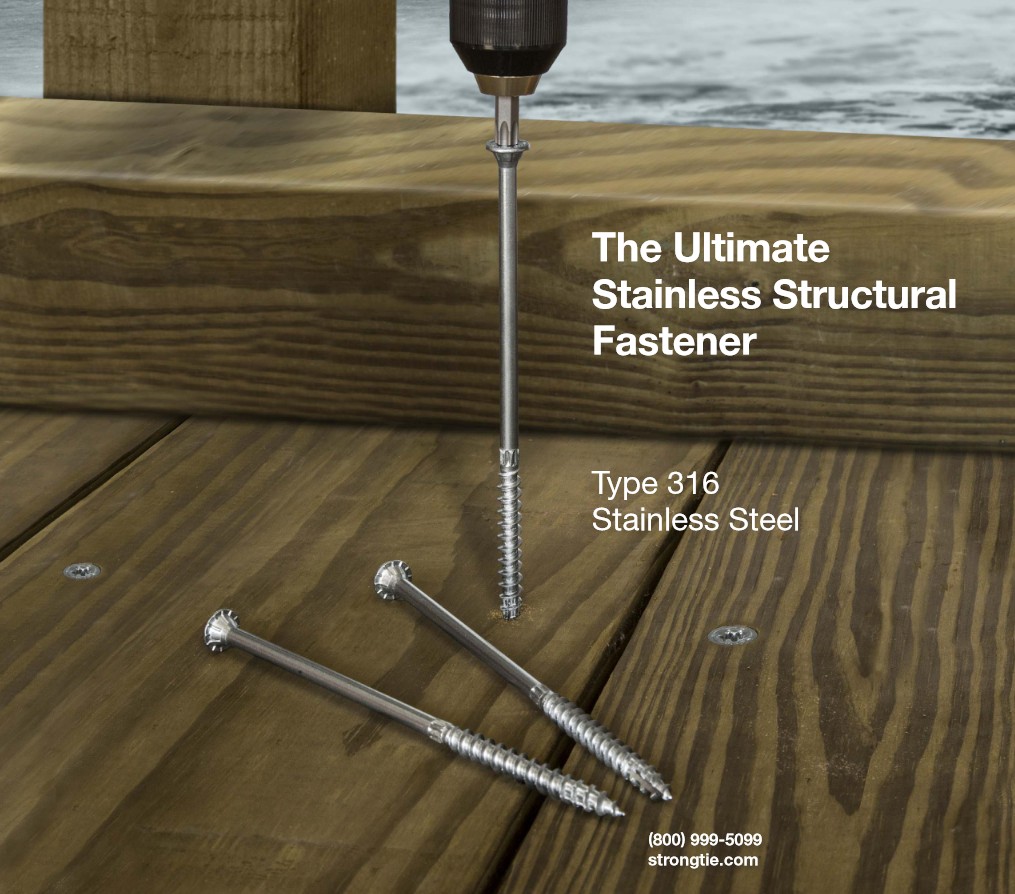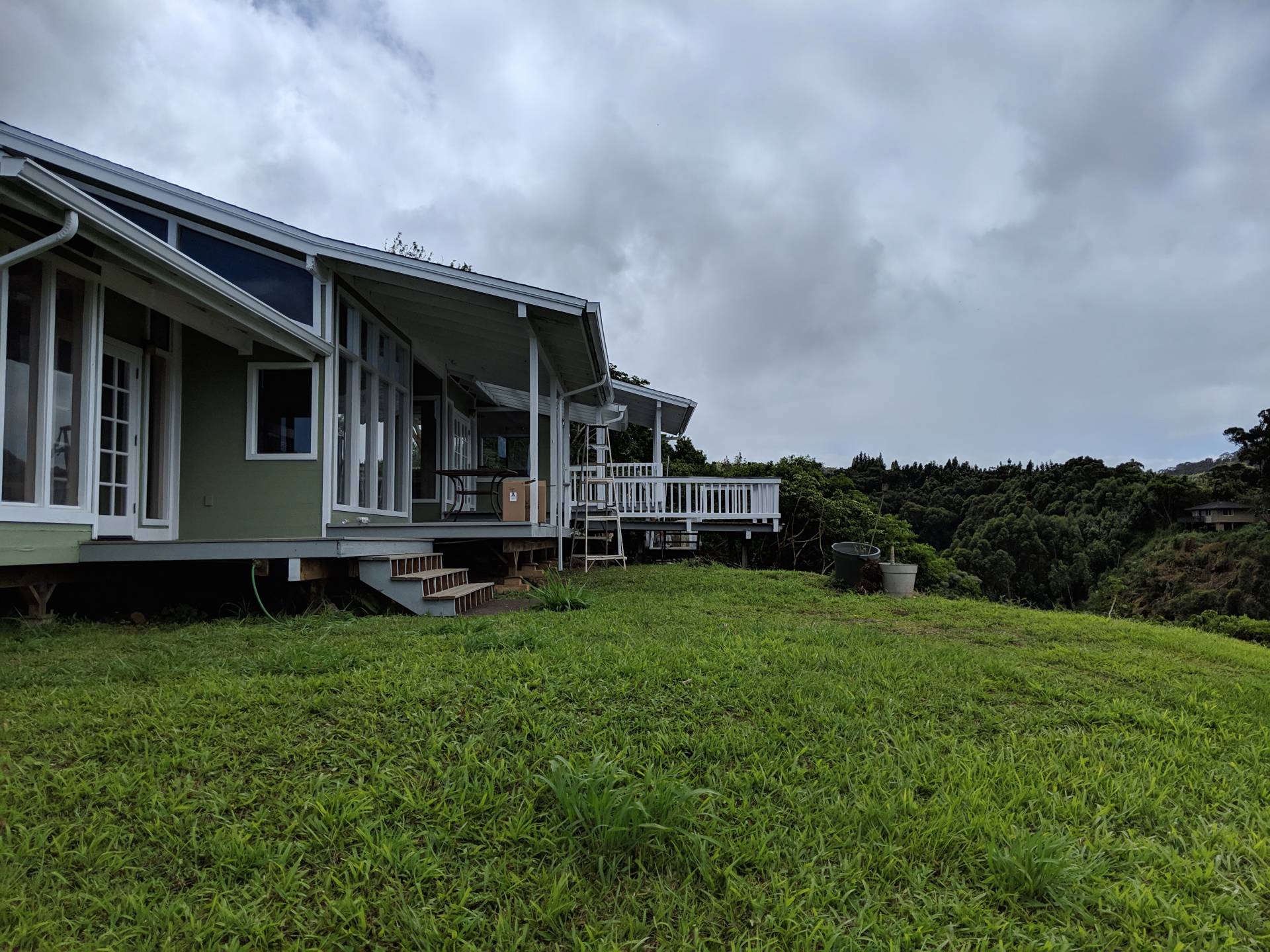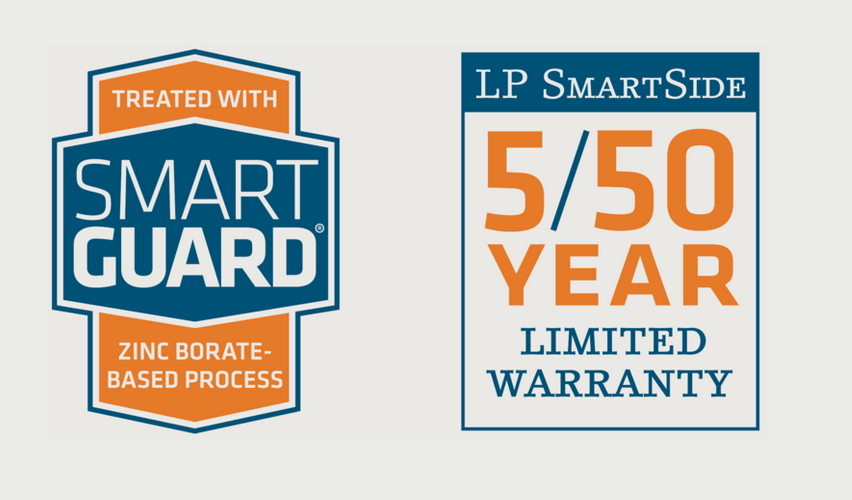Most people think that a nail is a nail, or a screw is a screw. This could not be farther from the truth. There are at least three very important considerations to think about before selecting the right fastener for the job, and hopefully after reading this you will understand why this is important.
Strength
Several years ago my father built an addition on his home. Having a son that works for a structural hardware company, he wanted to make sure he added hurricane ties to the top plate to tie his roof framing down thereby creating a continuous load path. Not being a framing contractor, but more of a DIY’er, he selected any old screws to install the ties. Visiting Dad’s project that day after he had finished framing, he proudly showed me his work. The first thing I noticed was he used phosphate coated drywall screws to install his H2.5A’s to the framing. He could not have used a much weaker screw when it comes to shear loads when installing structural hardware. How many times have you seen a drywall screw’s head pop off while driving them?
Simpson Strong-Tie follows a rigid set of requirements to test our products in order to gain building code recognition for our products. Most of the hardware products we manufacture depend on the fasteners that are used to secure them. In fact, each product has a list of acceptable fasteners (nails or screws) to make sure that the loads published in the catalog can be achieved in real life to withstand the forces of Mother Nature, or just the day to day loads a structure needs to be safe.
Unfortunately, the hurricane ties my father used will not perform very well during a storm. If he had used the nails or screws that were recommended, the installation would have been much better. In order to make a connector that is efficient, Simpson tries to minimize the number of screws that need to be used on each part. You can imagine that a production framer wants to get the job done, and every fastener they need to install takes time and increases labor costs. Simpson designs their hardware to use the least number of fasteners to get the job done. Stronger screws or nails means fewer fasteners.
Durability
After looking at strength, the next important factor is durability. A deck contractor in Hilo once called me and asked if we had a deck screw that he could use on a deck other than stainless steel that would cost less and last just as long. He had priced out the stainless steel screws and wanted to save money. At Simpson, we make lots of different fasteners, with lots of coatings to choose from. For instance, there is black phosphate and clear zinc that fall into our low level of corrosion resistance. We have a double barrier coating and a Class 55 mechanically galvanized coating for a medium level of corrosion resistance. And then there are different stainless steel types for high or severe levels of corrosion resistance. Lots to choose from, right? How do you know how to select the right coating for the fastener you need?
It all boils down to evaluating the corrosion conditions the fastener is going to be installed in, and the material the fastener is being installed into. For instance, if you are going to install a fastener inside a wall cavity, you probably would need a nail or screw with a lower corrosion resistance because the environment inside a wall is relatively dry. On the other hand, if you are going to install a fastener in a wet environment, or let’s say in an area close to the ocean, you most definitely need to select a fastener that has high corrosion resistance for a severe environment due to the salt air. Type 316 stainless steel is better than type 304 or 305 stainless steel. And did you know that Type 410 stainless steel only provides a low level of corrosion resistance due to its composition? It is harder but less durable. So be careful when selecting a stainless steel fastener.
It is also important to think about what the fastener is going to be attached do. Different types of treated lumber have different treatment chemicals, some of which are highly corrosive to metal. Hi-Bor (or sodium borate) is not very corrosive to metal, but on the other hand, being a water soluble treatment it is not supposed to be used for outdoor applications. Treatments such as ACZA (Chemonite) are highly corrosive to fasteners and only stainless steel is recommended for these applications.
So after I looked through Simpson’s selection of fasteners for deck screws, I called the deck contractor back in Hilo. I asked him why would he build a deck in treated lumber, outdoors, in a wet environment with anything less than stainless steel? Did he really want to come back to the project in just a few years after his client was complaining about red rust stains on his deck? Ultimately, I convinced the contractor to stick with Type 316 stainless steel for his deck project.
Workability
While most people think there is not much difference between different types of screws, a framing contractor can easily point out the difference. Different screws perform differently, and a screw not only needs to be structurally dependable, it needs to be workable. In other words, it needs to drive easily into the substrate it is attaching to, it should not shear or break during installation, and most of all, when going into wood, you do not want to use a screw where you have to pre-drill the hole to drive it in.
Lag screws or bolts for instance are one of the most labor intensive fasteners to install. Rather than using two different drill bits to pre-drill the hole and properly install a lag screw, our engineers have developed a screw that has a special cutting tip that bores the hole and fastens the screw at the same time without pre-drilling, thereby significantly cutting labor time in the field. High performance fasteners save the contractor time in the field, and many times, using higher performance fasteners will reduce the number of overall fasteners required to get the same job done to achieve the strength and reliability required.
Screws can be made with an assortment of head, thread, and point styles. It takes just the right combination to maximize a screw’s performance. Manufacturers like Simpson, that understand the anatomy of a screw, produce precision fasteners that get the job done faster while at the same time providing a stronger connection. This is accomplished through engineering and rigorous testing. Perfection is a never ending process to meet the ever greater challenges of the industry. You may pay more for the fastener up front, but you will save time in labor and service life when using a high performance fastener.
So for your next project, think about the fastener you are going to use. Make sure not only to select a strong fastener, but make sure it will last and not need to be replaced, and find a fastener that is easy to install at the same time. This will make your project more enjoyable, and at the same time keep your customer happy for years to come.
Tim Waite, PE, Simpson Strong-Tie Company





